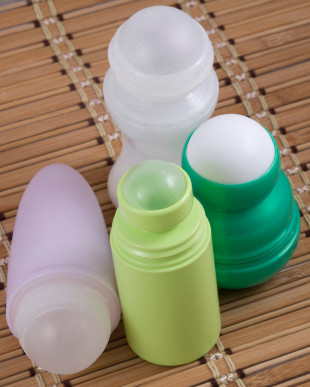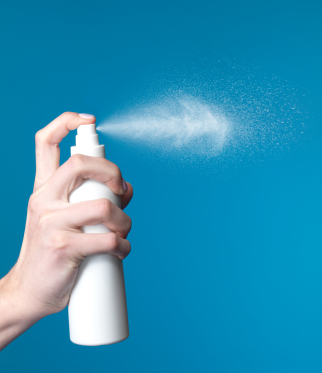Hi everyone! I hope you’re all managing to stay safe from the sun this summer without putting anything on your skin that could damage your body. Earlier today I found this video that offers an easy way to make natural sunscreen, with a recipe that you can tweak depending on how much protection you need. While I’ve shared a number of skin-safe ways to prevent sun damage, it’s hard to beat the all-over protection you can get from natural sunscreen.
If you don’t have time to watch the video, here’s the recipe for natural sunscreen:
84 gr / 6 tbsp of Coconut Oil
28 gr / 2 tbsp of other base oil of your choice (I recommend Jojoba)
28 gr / 2 tbsp of Zinc Oxide (oil-soluble powder form)
14 gr / 3 tsp of Shea Butter
8 gr / 2 tsp of Beeswax
Put all of the ingredients in a double boiler (a mason jar in a pot of water works nicely too) until completely melted, then use a stick blender until all the ingredients combine together and you’re ready to rub it on. Warning: the finished product will make your skin look a little white and pasty but the woman in the video swears by the stuff and uses it on her kids, so there must be something to it!
 Supplies: Glass bottle with sprayer top, glass measuring cup or graduated cylinder with minimum increments of 5ML, glass eye dropper, a funnel (stainless steel is preferred), and a stirring rod (preferably glass but a chopstick will work too)
Supplies: Glass bottle with sprayer top, glass measuring cup or graduated cylinder with minimum increments of 5ML, glass eye dropper, a funnel (stainless steel is preferred), and a stirring rod (preferably glass but a chopstick will work too) Here are some recipes you can try out if you want to make your own natural deodorant. I tried to make them as generic as possible with suggestions on different ingredients you could mix, match or substitute in a particular category (i.e. powder base, liquid base, etc.). I’ve also used percentages for the liquid products so you can easily calculate how to make them in different sizes, though I recommend you start with small amounts (i.e. 2 oz of finished product) until you find the combination you like best then scale it up.
Here are some recipes you can try out if you want to make your own natural deodorant. I tried to make them as generic as possible with suggestions on different ingredients you could mix, match or substitute in a particular category (i.e. powder base, liquid base, etc.). I’ve also used percentages for the liquid products so you can easily calculate how to make them in different sizes, though I recommend you start with small amounts (i.e. 2 oz of finished product) until you find the combination you like best then scale it up.
